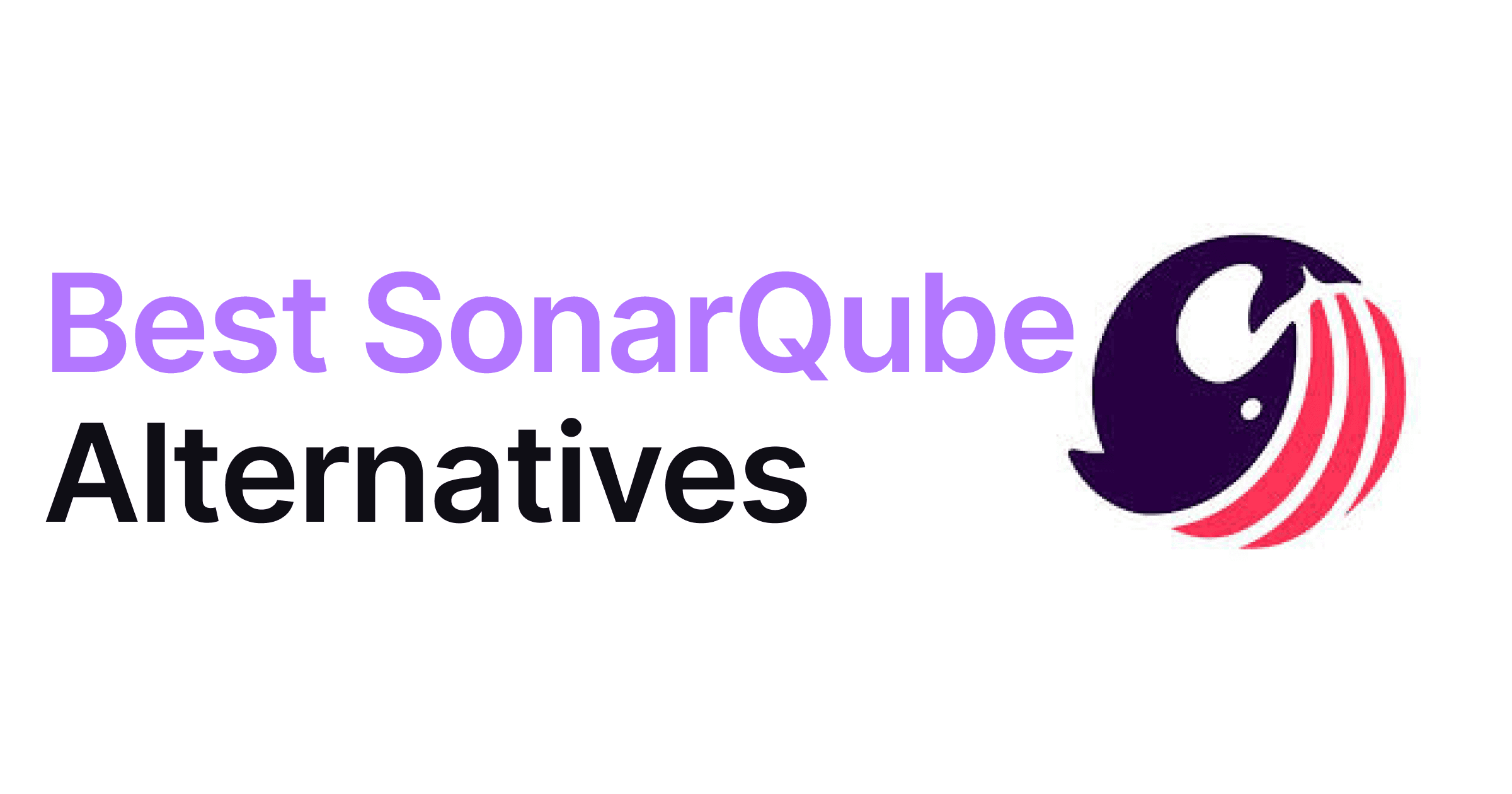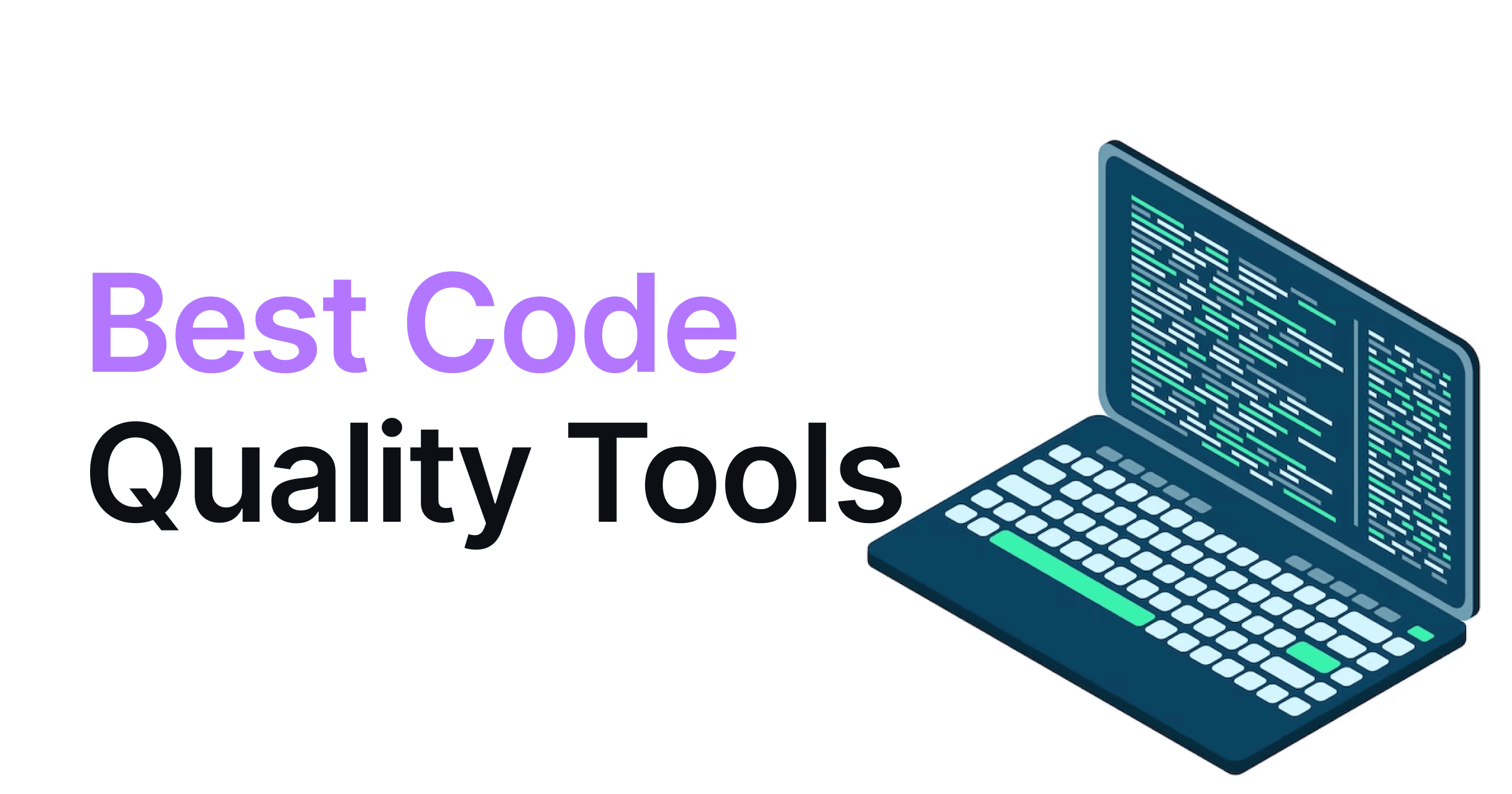AI Code Review
DevOps Automation
Amartya Jha
• 29 January 2025
In the bustling world of software development today, making sure that your code is top-notch, safe, and runs smoothly has become incredibly important. This is where AI-powered code reviews step in—a trend that's rapidly gaining traction for meeting these exact needs. But what does AI code review entail, and how is it aiding developers? With its advanced algorithms, AI can rapidly pinpoint coding issues, boost accuracy, and streamline the review process. So, the big question arises: Is AI truly revolutionizing code reviews, and what practical benefits does it bring to the table?
Understanding AI Code Review
AI code review is a modern approach using artificial intelligence to enhance the traditional process of scrutinizing software code. This technique is aimed at identifying potential issues, such as bugs, security risks, and standard deviations within the code. By taking on routine and time-consuming tasks, AI allows developers to concentrate on the more innovative and strategic parts of software creation.
What is AI Code Review?
AI code review employs AI algorithms that analyze codebases to detect patterns and discrepancies. These algorithms are adept at pinpointing concerns like potential bugs or inefficient coding practices. Essentially, AI conducts a preliminary inspection similar to what a human reviewer would do but with heightened precision and speed.
Detection of Bugs: Through pattern recognition, AI identifies common errors that may lead to bugs, preventing typical mistakes repeated in similar code architectures.
Security Vulnerabilities: AI scans longitudinally through code to spot unusual patterns indicative of security threats, alerting developers so issues can be addressed early.
Standards Adherence: AI continuously checks code for compliance with coding standards, ensuring the code's maintainability, scalability, and consistency for long-term success.
Why Use AI for Code Reviews?
Utilizing AI for code reviews brings several advantages that significantly improve the review process's efficiency and accuracy. By automating routine checks, AI enables developers to focus on more complex tasks requiring human ingenuity and foresight.
Efficiency Increase: Traditional code reviews are often labor-intensive. AI speeds up the development cycle by quickly handling parts of this process.
Enhanced Accuracy: AI tools can detect issues that might slip past human reviewers, providing an added layer of review. This reduces the chances of errors in production.
Cost Efficiency: By saving time and effort in code reviews, especially for large projects, AI can result in notable cost reductions.
Scalable Solutions: AI can manage large volumes of code across teams and projects more efficiently than entirely human-based systems.
Continuous Feedback: With AI, feedback during development is continuous and real-time, allowing for quick resolution of issues and fostering an agile development environment.
In short, AI code reviews are a crucial part of modern software development, enhancing accuracy and efficiency while saving time and reducing costs. Those who adopt this technology can look forward to noticeable improvements in the quality and speed of their software projects.
Key Benefits of AI Code Review
Using AI-driven code reviews can bring numerous benefits, significantly impacting development productivity and the quality of the output.
Increased Efficiency and Speed
AI-powered tools can handle complex datasets and massive amounts of code much faster than human reviewers. This remarkable efficiency allows AI to quickly examine thousands of lines of code, highlighting areas requiring attention. Consequently, not only does this quicken code reviews, but it also enables such checks to be made more frequently without overloading the team.
How Efficiency is Achieved:
Automated Detection: AI automatically scans for potential issues without the need for manual oversight.
Parallel Processing: AI processes multiple code sections simultaneously, unlike humans who must go through them one by one.
Minimal Idle Time: Code is reviewed immediately upon submission, minimizing feedback delays.
For deeper insights into how AI speeds up code reviews, you can explore Simple Programmer blog.
This enhanced speed allows developers to pursue creative tasks while AI undertakes repetitive ones.
Consistency in Reviews
AI reviews provide a consistent approach, unlike human reviewers who might interpret code standards differently. With AI, every line of code is checked against the same standards, reducing human error and variability.
Key Consistency Benefits:
Standardized Criteria: AI tools adhere strictly to predefined coding standards.
Reduced Subjectivity: AI eliminates personal biases, ensuring objective reviews.
Traceable History: AI keeps logs of findings and feedback, maintaining a consistent review record.
For those interested in the automation of software code reviews with AI, check out CodeAnt.ai.
Consistency ensures that developers, regardless of experience, are evaluated equitably.
Early Detection of Bugs and Vulnerabilities
AI is instrumental in the early detection of bugs and vulnerabilities, a task traditionally more challenging and costly when addressed later in the cycle.
AI's Approach to Early Detection:
Pattern Recognition: Advanced algorithms in AI detect code anomalies and potential security threats.
Proactive Alerts: AI flags potentially faulty code before it becomes critical.
Real-time Feedback: Developers receive instant warnings, enabling immediate corrections.
For more information on how AI and ML augment code security, read InfoWorld's guide.
This early detection leads to improved code quality and fortified software security.
Facilitating Continuous Integration/Continuous Deployment (CI/CD)
AI tools, when integrated into CI/CD pipelines, provide developers with rapid feedback, crucial for maintaining smooth code integration and deployment.
Contributions to CI/CD:
Instantaneous Feedback Loop: Fast review cycles ensure rapid error fixes.
Automated Testing: AI tools run test scripts automatically to ensure code integration within CI/CD is verified.
Reduced Deployment Times: Early error identification lessens deployment cycle times.
For an overview of AI's role in CI/CD processes, checkout TeamCity's overview document.
By enhancing CI/CD with AI, deployments become more fluid, focusing developers on improving software instead of scavenging for bugs.
Challenges in AI Code Review Processes
Despite offering many benefits, AI code review tools also bring challenges that could hinder their successful implementation. Understanding these challenges is key for teams looking to leverage AI in their review processes.
Accuracy of AI Models
The accuracy of AI models used in code reviews is crucial. Inaccurately trained models or those without extensive data may produce false positives or miss critical bugs.
Training Data Quality: Successful AI relies on high-quality, extensive datasets to train models for recognizing coding standards and potential errors across languages.
Modeling Complex Code Structures: Complex code can challenge AI models as understanding deeper code structures often exceeds usual patterns AI models have been trained on.
Interpreting Contextual Information: AI models can struggle with the context required for accurate reviews, lacking insights into wider system processes beyond isolated code segments. Explore the impact of training data on AI accuracy.
Integration with Existing Workflows
Seamless integration is essential to prevent disrupting established workflows when incorporating AI tools.
Compatibility: AI tools must be compatible with existing software and processes, which can be diverse and multi-faceted across organizations.
Custom Workflow Adjustment: Existing workflows might need adaptation to smoothly incorporate AI tools, incurring extra time and resources.
Implementational Flexibility: Organizations should integrate specific AI features addressing their needs instead of entirely overhauling systems.
Read AI Code Review tools that integrate with GitLab, BitBucket, and Azure DevOps.
Learning Curve for Development Teams
New AI technologies require training, which could initially slow down timelines as teams adjust.
Understanding AI Limitations: Teams must know both the strengths and limitations of AI tools for successful integration with human expertise.
Training and Development: Tailored training helps reduce learning curves by focusing on technical aspects and strategies for overcoming AI-driven review challenges.
Adaptation Time: Initial adaptation may slow projects, but once teams are familiar, AI tools significantly boost productivity. Here are tips on managing adaptation in development teams.
Top AI Code Review Tools
Several AI-powered code review tools are available, each providing unique features to aid developers in maintaining code quality and security.
CodeAnt AI
CodeAnt AI supports over 30 programming languages, making it a favorite for developers working with diverse technologies. While detailed current features are sparse, it's well-regarded for seamless IDE integration, offering developers a smooth and efficient experience.
Key Features:
AI PR Summarization – Provides a clear change impact summary for both technical and non-technical teams, along with a functional walkthrough of code changes.
AI PR Chat – Enables interactive discussions on code changes, offering insights into their impact and functional logic.
Line-by-Line Code Review – Automatically detects and fixes code quality issues across 30+ languages, reducing tech debt and ensuring a maintainable codebase.
IaC Security – Scans Infrastructure-as-Code (IaC) and cloud environments for critical misconfigurations, providing impact analysis and fix suggestions.
SAST (Static Application Security Testing) – Identifies critical vulnerabilities in code while ensuring compliance with MISRA, OWASP, HIPAA, and other security standards.
Secret Scanning – Detects hardcoded secrets, API keys, and sensitive tokens using semantic and entropy analysis, preventing accidental exposure.
DeepCode
Now part of Snyk, DeepCode offers AI-driven advice to keep code clean. It provides automated fixes and suggestions during code reviews, featuring:
AI-Powered Security: Detects and fixes code vulnerabilities efficiently.
Comprehensive Integrations: Integrates smoothly across the software development lifecycle.
Robust Advice: Offers insights into writing better, more secure code.
Larger Suite Benefits: As part of Snyk, it includes additional security tools.
For more on DeepCode's integration within Snyk, visit Snyk.
Codacy
Codacy is notable for automating code reviews and providing insights into code quality over time:
Code Quality Monitoring: Continuously identifies areas for improvement.
Seamless Integration: Naturally integrates with GitHub, BitBucket, and GitLab.
Detailed Dashboards: Centralizes repository quality management.
AI-Suggested Fixes: Offers fixes directly within Git workflows.
Comprehensive Support: Supports 49 ecosystems for widespread compatibility.
For more details, visit Codacy's official site.
Implementing AI Code Review in Your DevOps Pipeline
Incorporating AI code reviews into your DevOps pipeline can boost efficiency and improve code quality.
Steps to Integration
Integrating AI code review into a DevOps pipeline involves a careful, phased approach to avoid disrupting current workflows.
Choosing the Right Tool: Selecting an AI tool that aligns with your existing technologies and project needs is crucial. Pilot testing different options can help decide the best fit.
Training the Team: Comprehensive training is key, involving workshops and hands-on sessions to ease transitions.
Gradual Integration: Implement AI review incrementally to avoid overwhelming changes, starting with smaller project parts and expanding scope as confidence grows.
Ensuring Fit with Current Processes: Integration should align with existing CI/CD workflows, further automating processes without unnecessary complexity.
Best Practices
Effective AI in code review requires following best practices to maximize utility and ensure smooth operation:
Regularly Update AI Models: Keeping models updated to capture new programming patterns sustains high-quality outputs.
Cross-Team Collaboration: Engage various teams, fostering a holistic adoption that caters to all departments.
Foster a Continuous Feedback Loop: Collect developer insights to improve AI tools’ effectiveness in code reviews.
Maintain Flexibility: Adapt AI tools to fit specific project requirements instead of a blanket approach.
Monitoring and Evaluation
Post-integration, diligent monitoring ensures AI tools are effective and provide valuable insights.
Track Performance Metrics: Regularly review metrics to gauge tool success and identify areas for enhancement.
Assess Developer Satisfaction: Regularly gain developer feedback on AI tools’ usability and impact to pinpoint improvement areas.
Review Cost-Benefit Balance: Continuously evaluate economic viability to ensure gains outweigh costs.
Adjust Strategies Based on Evaluations: Use insights to refine AI strategies for improved short and long-term outcomes.
Conclusion
AI code reviews have become integral in modern software development, bringing increased efficiency, consistency, and early issue detection. By embedding AI in code review processes, teams can achieve higher code quality with seamless workflows. Despite challenges like model accuracy and learning curves, AI tools significantly enhance code review speed and reliability.
To see how AI can elevate your code review process, visit CodeAnt AI. Their platform offers robust support for code quality and security, helping developers improve workflows with AI-driven insights.







